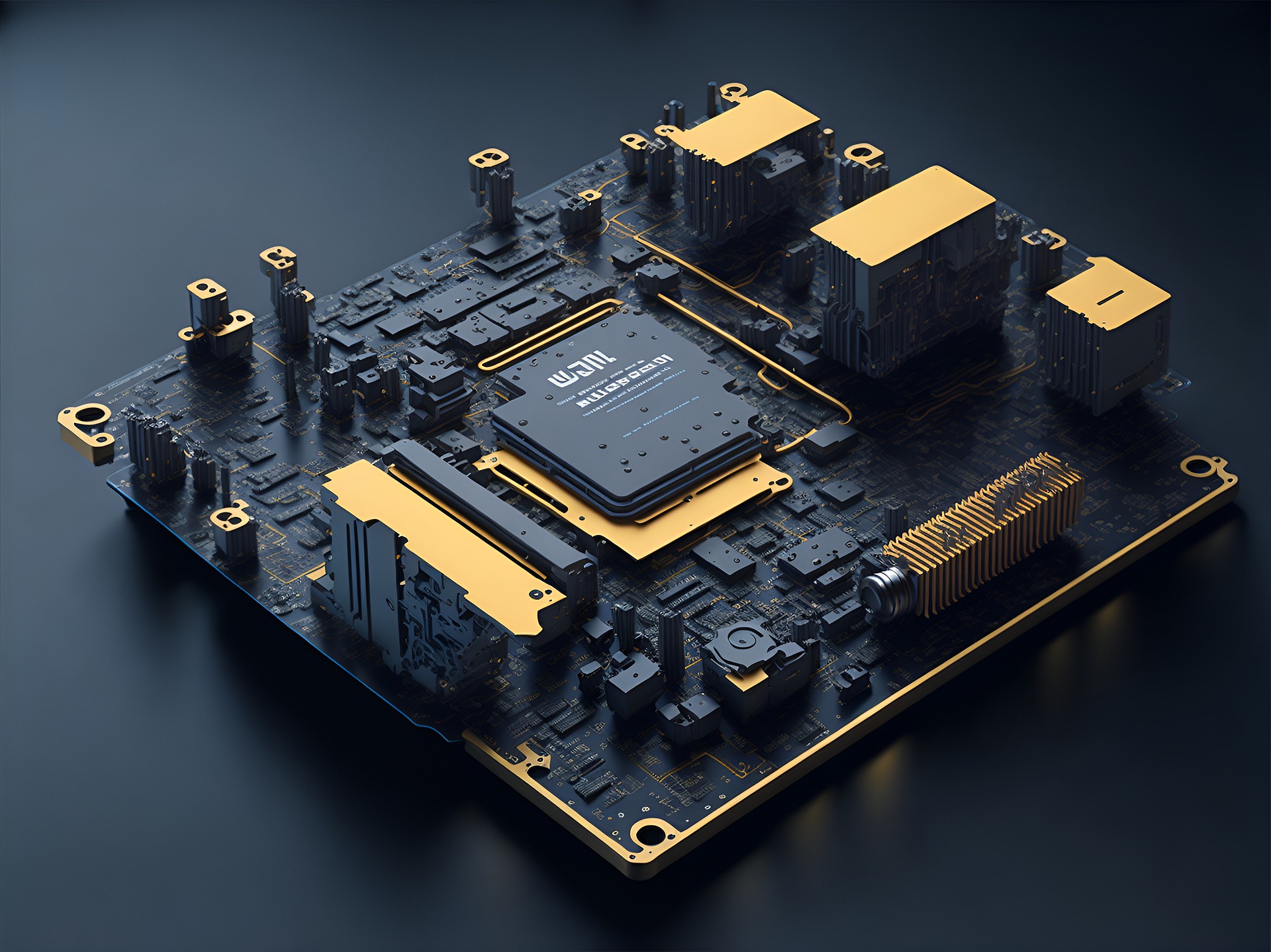A Peek into the Future: The Promise of Holographic Memory Storage
In an era where data is the new oil, the quest for storage solutions that are not only large but also fast and durable is an ongoing struggle. Enter Holographic Memory Storage (HMS), a technology that promises to revolutionize data storage as we know it. This piece dives into the origins of HMS, its current landscape, and what we can expect from the technology in the future.

The History and Development of Holographic Memory Storage
The concept of holographic memory was first proposed back in the 1960s. It’s based on the idea of storing data in multiple dimensions—three to be exact—using light interference patterns. Traditional data storage options, like hard drives and magnetic tapes, store data in a two-dimensional format. Holographic memory, on the other hand, would allow storage in a three-dimensional space, vastly increasing the potential storage capacity.
Over the years, several research groups and companies have attempted to develop practical holographic memory systems. However, the technology has faced several hurdles, including the lack of suitable recording materials and the challenges associated with reading and writing data in a three-dimensional space.
Holographic Memory Storage: The Present Scenario
Despite the challenges, the quest for practical HMS has gained momentum in the recent years. A few companies have made significant strides in this direction. For example, InPhase Technologies, a Colorado-based company, had developed a prototype holographic disc capable of holding 300 gigabytes of data. However, the company went bankrupt in 2011 before it could commercialize the technology.
More recently, researchers at the University of Cambridge, in collaboration with a company called Optalysys, have developed a holographic memory system that uses a type of photosensitive glass to store data. The system has reportedly achieved storage densities 1000 times greater than conventional discs.
The Future of Holographic Memory Storage
As we continue to generate more data than ever before, the demand for advanced storage solutions like HMS is bound to increase. The technology has the potential to revolutionize data storage, offering tremendous storage capacities, high-speed data transfer, and long-term data stability.
In terms of pricing, it’s too early to predict. However, as with most new technologies, the initial prices are expected to be high. Over time, as the technology matures and achieves economies of scale, the prices should come down.
The Impact on the Tech Market
The impact of HMS on the tech market could be significant. If the technology becomes mainstream, it could disrupt the existing data storage market, leading to a decrease in demand for traditional storage solutions. However, it could also open up new opportunities for companies that specialize in HMS and related technologies.
Holographic Memory Storage is an exciting prospect for the future of data storage. It has the potential to outshine current storage solutions in terms of capacity, speed, and durability. However, the technology is still in its nascent stages and has a long way to go before it becomes a part of our everyday lives. But with continued research and development, that day might not be too far off. Keep your eyes on this space for more updates on this thrilling technology.




